Understanding packaging labels
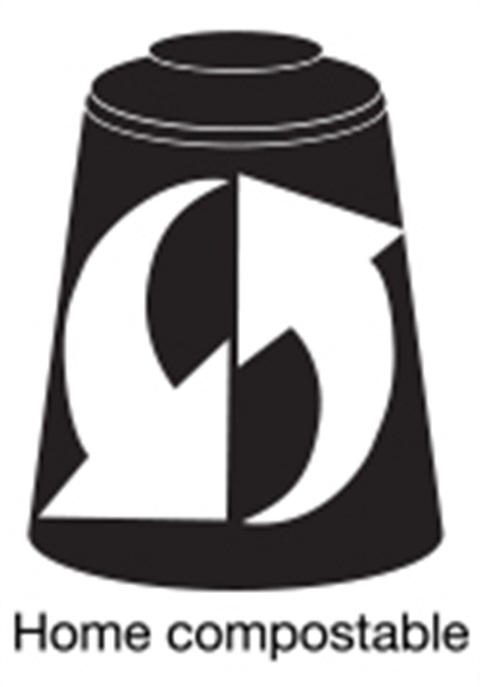
You may have noticed different recycling symbols on packaging. They can be confusing to understand, and they don’t always indicate whether an item can go in your recycling bin.
Here are the common symbols you are likely to see on packaging and what they really mean.
Plastic Identification Code

The triangle symbol with a number (1-7) inside is found on most plastic packaging. This is called the Plastic Identification Code. The number inside the triangle identifies the type of plastic an item is made from.
This symbol does not mean an item can be recycled. Only common household packaging items, such as plastic bottles and hard plastic containers can go in your recycling bin. Read what goes in your recycling for a list of accepted items, or ask the Sustainable Monash team at sustainability@monash.vic.gov.au
Recycling Mobius
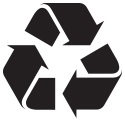
The thick triangle symbol with flat edges is called the Recycling Mobius. There are two main reasons why packaging or products include this symbol:
- It can identify whether an item is recyclable, but this doesn’t always mean that item can go in your recycling bin. For example, plastic bags can be recycled but they cannot go in your recycling bin. To recycle plastic bags, they need to be taken to dedicated soft plastics collection sites. So although this symbol can tell you if something is recyclable, it doesn’t tell you how to recycle it.
- The symbol can also be used to identify items made from recycled material. In this instance, the symbol should be accompanied with a percentage value inside the triangle, or a statement advising how much recycled material has been used.
If you are unsure whether an item with the Recycling Mobius can go in your recycling (yellow) bin, check our A-Z recycling guide or ask the Sustainable Monash team at sustainability@monash.vic.gov.au
Australasian Recycling Label
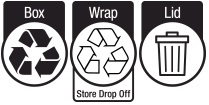
Packaging typically has multiple components that may need to be recycled or disposed of differently. For example, a cereal box has the cardboard box (which can go in the recycling bin) and a plastic bag (which goes in the landfill bin, or can be taken to supermarkets for recycling).
The Australasian Recycling Label (ARL) tells you what to do with each packaging component, so you can recycle or dispose of it correctly.
- The text above a symbol identifies the packaging component
- The symbol tells you how to recycle or dispose of that packaging item:
- A solid recycling symbol means the Item can go in the recycling (yellow) bin.
- A recycling symbol with instructions underneath can be recycled, only if you follow the directions given; otherwise it needs to go in the landfill (red) bin.
- The bin symbol means that the item needs to go in the landfill (red) bin.
Each packaging component is individually assessed - it is not possible for a piece of packaging to have the ARL without an assessment to back up disposal claims.
The ARL is currently a voluntary scheme, so it isn’t included on all products yet. However, the Federal Government has committed to work with businesses to apply the ARL on at least 80% of supermarket products by December 2023.
For more information, go to https://recyclingnearyou.com.au/arl
REDcycle
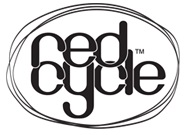
RedCycle has been declared insolvent, however you may still see plastic items with the RedCycle logo. Packaging with this logo is referred to as ‘soft plastic’.
Monash residents can drop off household soft plastics for recycling at the designated collection point at Monash Recycling & Waste Centre.
Smaller drop-off points are located at Monash Civic Centre and Oakleigh Service Centre, with a limit of 1 bag per visit. Otherwise, soft plastics need to go in your landfill (red) bin.
Certified compostable
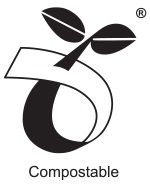
An item with the ‘compostable’ logo means it has been certified for composting within a commercial composting facility.
Currently, only certified compostable bin liners can go in your food and garden waste (green) bin. Other compostable items need to go in your landfill (red) bin.
Compostable liners with this seedling logo must be certified to the following standard:
- AS 4736 (Australian standard) requires 90% biodegradation to occur in a commercial composting unit within 180 days and also includes a worm ecotoxicology test (ensuring the composted material won’t cause harm to worms).
Certified home compostable
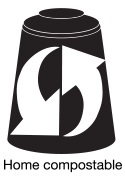
An item with the ‘home compostable’ logo has been certified for home composting. It will break down in your compost bin or worm farm, but it may take up to 12 months for the item to completely break down.
If you don’t have a compost bin or worm farm, the item will need to go in your landfill (red) bin.
International packaging symbols
Products imported or purchased overseas may have different symbols on the packaging to identify whether it can be recycled or composted. Here are some of the overseas symbols you may come across.
On-Pack Recycling Label (UK)

The On-Pack Recycling Label (OPRL) is likely to be found on packaging from the UK. There are two simple labels, “Recycle” and “Don’t Recycle” that may be used. The labels may also include some basic instructions to help ensure items are placed in the recycling bin correctly for optimal sorting and processing.
What can be recycled overseas can vary to what can be recycled in Australia. If you are unsure whether an item with this label can go in your recycling (yellow) bin, please send a photo or description of the packaging to the Sustainable Monash team at sustainability@monash.vic.gov.au
For more information on this label, go to the Recycle Now website.
How2Recycle (United States and Canada)
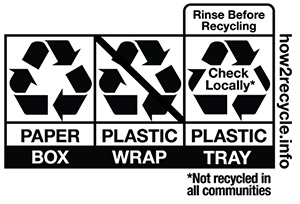
The How2Recycle label is likely to be found on packaging from the United States and Canada. Similar to the Australasian Recycling Label, it provides instructions on how to correctly recycle and dispose of individual packaging components.
What can be recycled overseas can vary to what can be recycled in Australia. If you are unsure whether an item with this label can go in your recycling (yellow) bin, please send a photo or description of the packaging to the Sustainable Monash team at sustainability@monash.vic.gov.au
For more information on this label, go to the How2Recycle website.
DIN Gepruft and OK Compost (Europe)
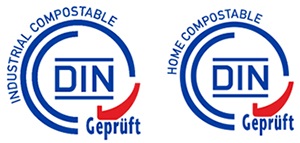

The DIN-Geprüft and OK Compost logos are used across Europe to identify an item that has either been certified for home compost systems or industrial compost systems.
Currently, only certified compostable bin liners can go in your food and garden waste (green) bin. Other compostable items need to go in your landfill (red) bin.
BPI (North America)
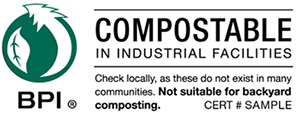
The BPI compostable logo is used in North America to identify items that have been certified for industrial compost systems. Items with this logo are not suitable for home composting.
Currently, only certified compostable bin liners can go in your food and garden waste (green) bin. Other compostable items need to go in your landfill (red) bin.